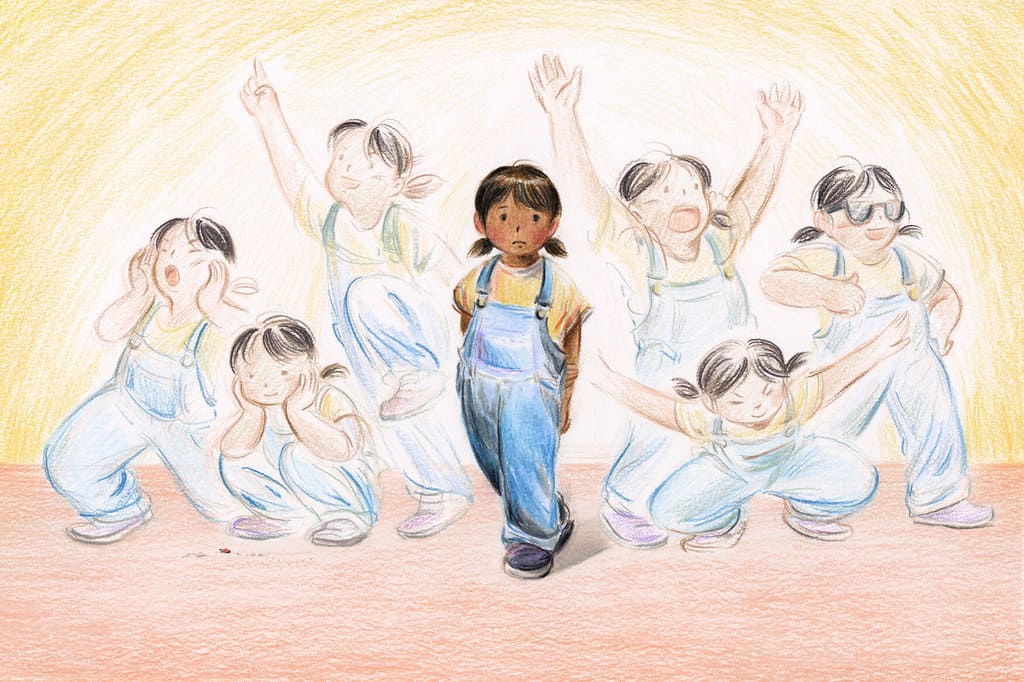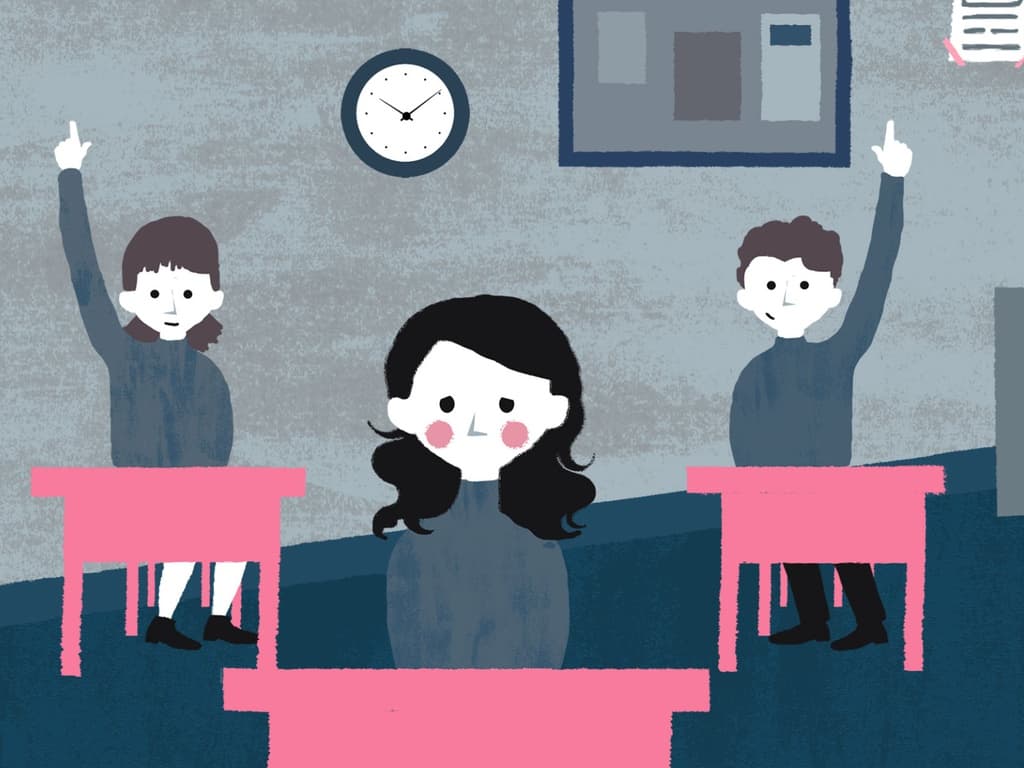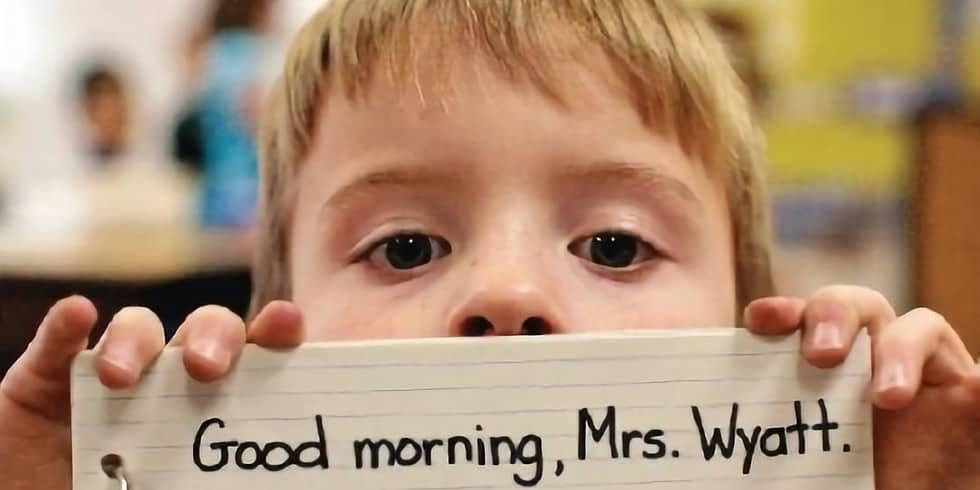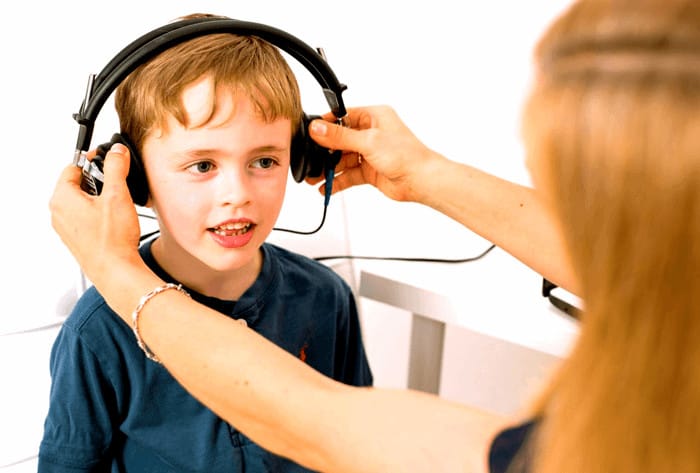Selective mutism is relatively rare; estimates as to its prevalence vary from less than 1 child to more than 6 children in 1000 affected. The condition can be transitory or may persist throughout the child’s school life affecting his education and his future prospects.
Selective mutism often comes to the attention of appropriate professionals when the child enters nursery or school between the ages of 3 and 5 years.

Some reports suggest that there is a gender imbalance with slightly more girls than boys affected. It has also been suggested that children brought up in bilingual settings may be somewhat more likely than monolinguals to present with the condition.
Selective Mutism: Diagnosis
Selective mutism is diagnosed when the child’s inability to speak in specific settings interferes with his social, educational or cognitive development. The condition is closely linked to social anxiety and specific phobias. It is not normal shyness: nor is it a communication disorder.

Children with selective mutism can speak at an age appropriate level in certain settings. Their lack of speech is not due to a lack of knowledge of language. These children typically communicate, in the settings that make them anxious, using non-verbal means.
Children with selective mutism are not being manipulative, attention seeking or naughty by remaining silent. In many cases they are not unhappy or particularly shy in situations that don’t require speech.

In most cases, the selectively mute child has no other discernible problem. His speechlessness in particular settings is not related to any other behavioural or mental disorder.
Selective Mutism: Assessments
Typically, a psychologist as well as a speech and language therapist will be involved in the child’s assessment. They will look at the child’s educational background, at the results of any tests and the teachers’ reports. A hearing test to rule out middle ear infection will often be undertaken.

The speech therapist will assess the child’s receptive (understanding) and expressive (verbalising) language skills. This may have to be done by videoing the child communicating in a setting he or she feels comfortable in and through pretend play.
Parental information will be vital. They can describe when the symptoms were first noticed, what these symptoms were, how the child’s understanding and use of language has developed, the type of language (i.e., mono/ bilingual) and the amount of language stimulus provided in the home environment.

- What Is Aromatherapy Vs. What Are Essential Oils?
- What is La Tomatina in Bunol, Spain Like? What to Expect at the Famous Tomato Throwing Festival
Selective Mutism: Treatment
Early intervention is crucial in selective mutism. Treatment addresses the child’s social anxieties and specific phobias and though good progress can be made, it is unlikely to happen overnight. Attention is focused on lowering the child’s intense anxiety and is never on the child’s speech (or lack of speech).

Behavioural, cognitive behavioural and play therapies can all play a role in helping the child feel more comfortable in social settings and overcome his or her fear of talking.
Strategies Include:
- Role play to give the child confidence
- Letting the child use signals or cards to communicate
- Using gestures, mouthing or whispering until the child feels secure enough to utter audible speech
- Gradually introducing another person into a setting the child feels comfortable in

Family and friends can be an immense help by offering patience, support and encouragement to the child.


















